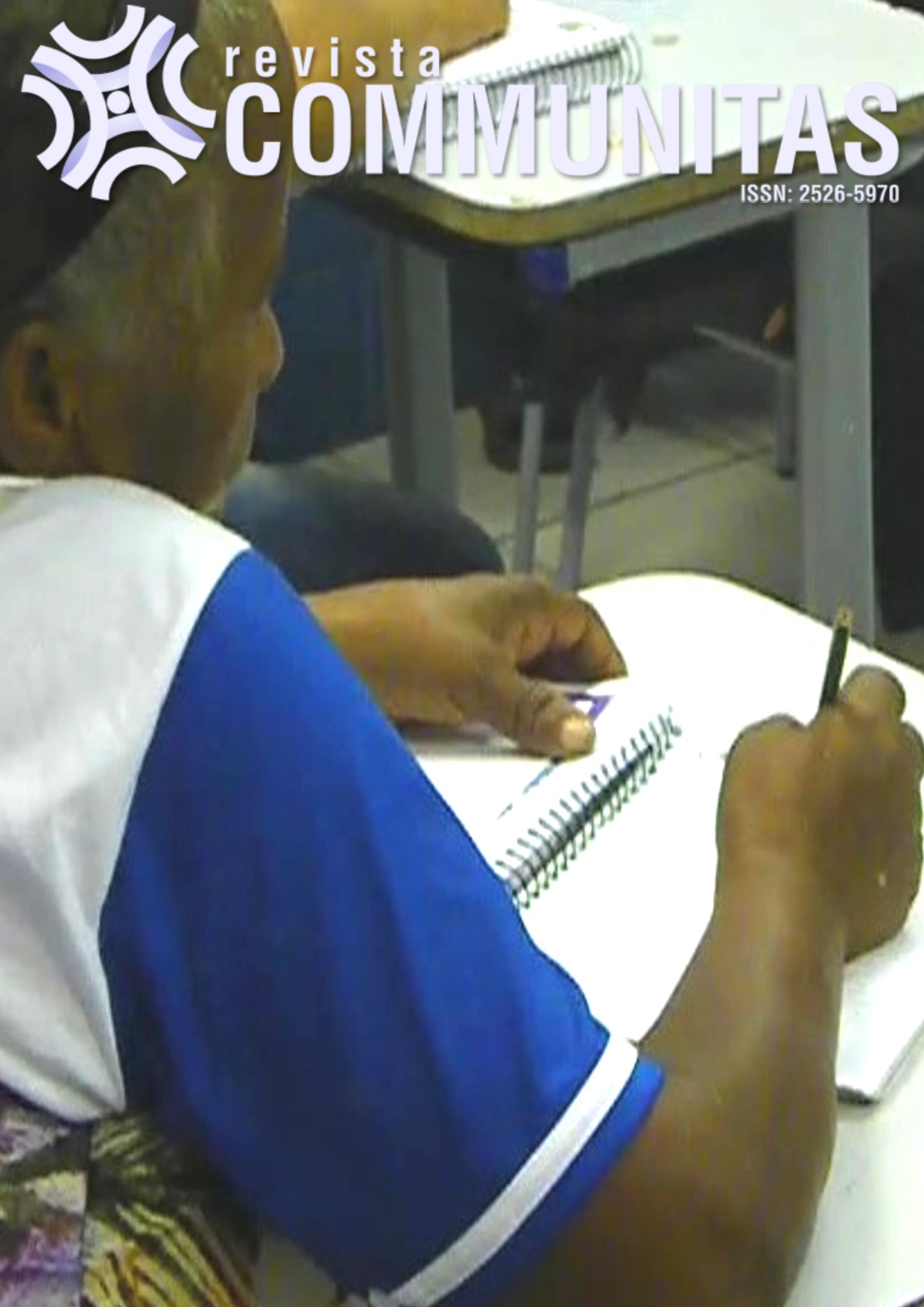AUTISM SPECTRUM DISORDER IN YAE
an overview of school inclusion in Brazil
Palavras-chave:
autism spectrum disorder, brazil, inclusive education, youth and adult educationResumo
The paper’s objective is to present an overview of the school inclusion of Autism Spectrum Disorder in Youth and Adult Education in Brazil. Autism is a general condition of brain development disorders; the spectrum involves many different situations from each other, where these characteristics can range from the mildest to the most severe or be related to a lesser or greater degree to each other. The autistic person is considered disabled for all legal purposes according to Law No. 12.764/2012, which institutes the National Policy for the Protection of the Rights of the Person with Autism Spectrum Disorder, and inclusion is a right of the person with a disability. Although there is still a lot of prejudice and unpreparedness on education professionals, people with disabilities are also entitled to attend a school with regular education. The panorama shows us that teachers are unprepared for this reality and without the support of a multidisciplinary team to develop their work.
Referências
ASPERGER, Hans. Die autistischen psychopathen im kindesalter. na, 1943.
BRASIL. Lei No 9.394, de 20 de dezembro de 1996. Diretrizes e Bases da Educação Nacional. Presidência da República, Casa Civil. Disponível em: <http://www.planalto.gov.br>. Acesso em: 14 abr. 2021.
BRASIL. Lei No 12.764, de 27 de dezembro de 2012. Política Nacional de Proteção dos Direitos da Pessoa com Transtorno do Espectro Autista. Presidência da República, Casa Civil. Disponível em: <http://www.planalto.gov.br>. Acesso em: 14 abr. 2021.
CUNHA, Eugênio. Autismo e inclusão: psicopedagogia e práticas educativas na escola e na família. Rio de Janeiro: Wak, 2012.
DSM-IV. Pervasive Developmental Disorders. In: Diagnostic and Statistical Manual of Mental Disorders. 4th ed. Washington, DC: American Psychiatric Association; 1994. p. 65-78.
FOMBONNE, E. Epidemiological trends in rates of autism. Molecular psychiatry, v. 7, n. 2, p. S4-S6, 2002.
GOLDBERG, K.; PINHEIRO, L. R. S.; BOSA, C. A. A opção do professor pela área de educação especial e sua visão acerca de um trabalho inclusivo. Perspectiva, v. 107, 2005.
KANNER, Leo et al. Autistic disturbances of affective contact. Nervous child, v. 2, n. 3, p. 217-250, 1943.
KLIN, Ami. Autismo e síndrome de Asperger: uma visão geral. Rev. Bras. Psiquiatr., São Paulo, v. 28, supl. 1, p. s3-s11, May 2006. Available from <http://www.scielo.br/scielo.php?script=sci_arttext&pid=S1516-44462006000500002&lng=en&nrm=iso>. access on 14 Apr. 2021.
MACHADO, Adriana Marcondes; SOUZA, Marilene Proença Rebello de. Psicologia escolar: em busca de novos rumos. 2004.
NAVARRO, Nana Corrêa. O efeito do diagnóstico sobre o olhar da escola. Publicado em Jan, 2017. Acessado em abr, 2021.
TUCHMAN, Roberto F.; RAPIN, Isabelle; SHINNAR, Shlomo. Autistic and dysphasic children. II: Epilepsy. Pediatrics, v. 88, n. 6, p. 1219-1225, 1991.
UNESCO, MEC-Espanha. Declaração de Salamanca e linha de ação. Brasília: CORDE, 1994.
Downloads
Publicado
Como Citar
Edição
Seção
Licença
Copyright (c) 2021 Communitas

Este trabalho está licenciado sob uma licença Creative Commons Attribution-NonCommercial-ShareAlike 4.0 International License.
Os Direitos Autorais para artigos publicados nesta revista são do autor, resguardando-se os direitos de primeira publicação para a Revista Communitas. Em virtude da aparecerem nesta revista de acesso público, os artigos são de uso gratuito, com atribuições próprias, em aplicações educacionais e não-comerciais.




